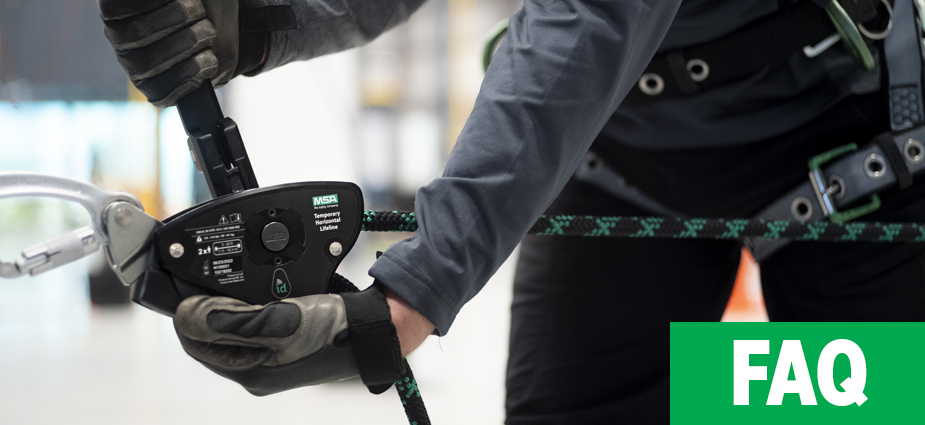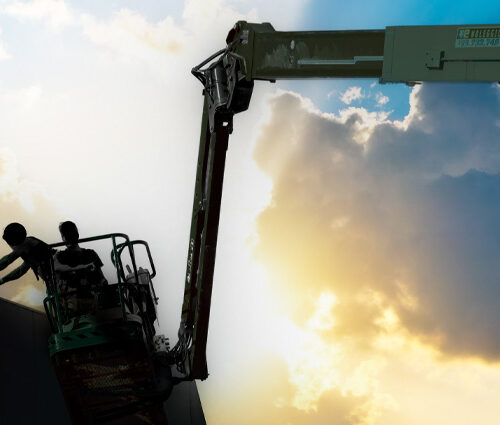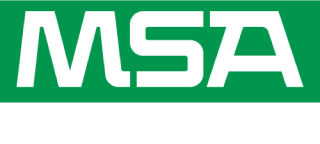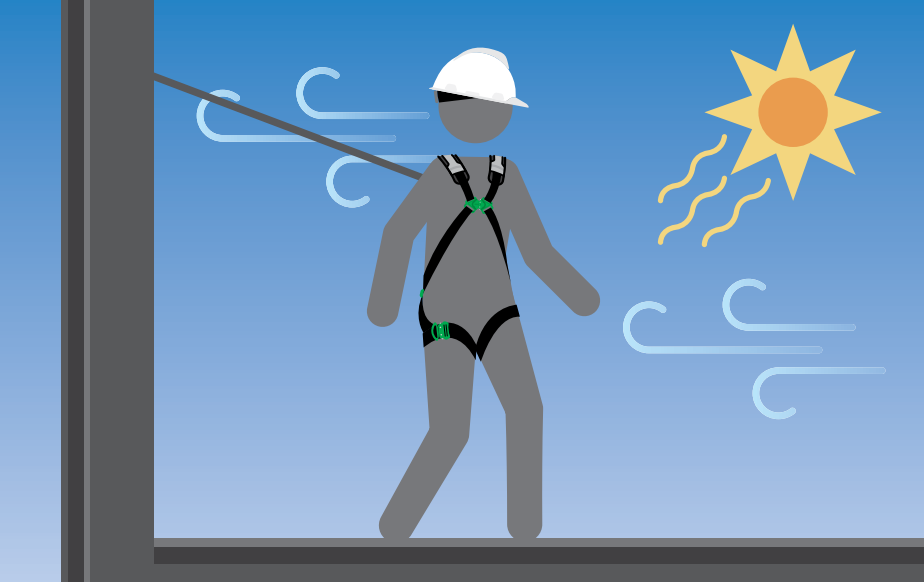
\To address the “hot-and-heavy” harness issue, leading PPE manufacturer MSA talked to workers who wear full-body safety harnesses on the job. One of the primary complaints that came out of the research was no surprise: full-body safety harnesses can be uncomfortably hot.
Of course, workers can’t just peel off their harnesses whenever they get hot, but heat stress itself can be something to sweat over.
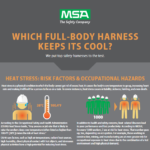
Download our infographic to share with your team!
Download the InfographicWhat’s the Problem With Heat Stress?
Heat stress takes place when your body can’t release excess heat, raising both your core body temperature and heart rate. As a result, you might feel irritable, sick, or faint and find it tough to concentrate on your work, causing your performance and productivity to suffer. Heat stress can even lead to death.
The National Institute for Occupational Safety and Health (NIOSH) says that two out of every thousand workers may be at risk for heat stress. In some occupations like mining, construction, and manufacturing, workers are even more susceptible. The Occupational Safety and Health Administration (OSHA)’s Heat Stress Guide notes that work sites that increase workers’ “deep core temperature (often listed as higher than 100.4°F [38°C])” contribute to on-the-job heat stress.
How Hot Is Too Hot?
OSHA doesn’t define any specific baseline temperature as being especially risky for workers, but OSHA does advise workers to take extra precautions depending on the heat index. This measurement takes into account the actual temperature of the air plus the humidity, and these values combined are a better indication than temperature of how hot conditions will feel to workers. The higher this index, the hotter you feel, and the higher the risk:
- Heat index less than 91°F – Lower risk level – “Basic heat safety and planning”
- Heat index 91°F-103°F – Moderate risk level – “Implement precautions and heighten awareness”
- Heat index 103°F-115°F – High risk level – “Additional precautions to protect workers”
- Heat index greater than 115°F – Very high to extreme risk level – “Triggers even more aggressive protective measures”
How Can Your PPE Help to Prevent Heat Stress?
To help prevent heat stress, your PPE should have an overall track record of being lightweight, enabling mobility, and feeling comfortable even in hot conditions.
For a full-body harness, this means including features that can help it keep its cool while stored, while being worn in the sun with a breeze, and while being at work in the sun with no breeze. When evaluating a harness, considerations include:
- Overall temperature comfort
- Temperature fluctuations over extended wear time
- Heating up and cooling down speed
If you want a harness developed using a background of anthropometric data, ergonomic and range-of-motion studies, plus heat mapping, consider the MSA V-FLEX™ Full-Body Harness. Its features include:
- Lighter-weight, lower-profile padding contoured along your body’s curves, reducing pinch points
- Foam that stops moisture from building up and making the pad soggy
- Lightweight, breathable materials that won’t prohibit your body from cooling itself down naturally, especially when covering the hottest areas of the body, which have denser soft-tissue and major arteries close to the skin
- Venting positioned to help the harness cool off faster, stay cooler longer, and absorb less heat than its competitors, even during lengthy exposure to heat
- Racing-style, athletic cut to the buckle so your upper body can move freely
- Adjustable-waist belt that you can reposition higher or lower on your body
Bottom line, your full-body harness should help to keep you safer from on-the-job fall hazards and do its part to help you keep your cool.
Download the infographic below to learn about how the MSA V-FLEX Full-Body Harness can help you stay cooler and more comfortable on the job!


